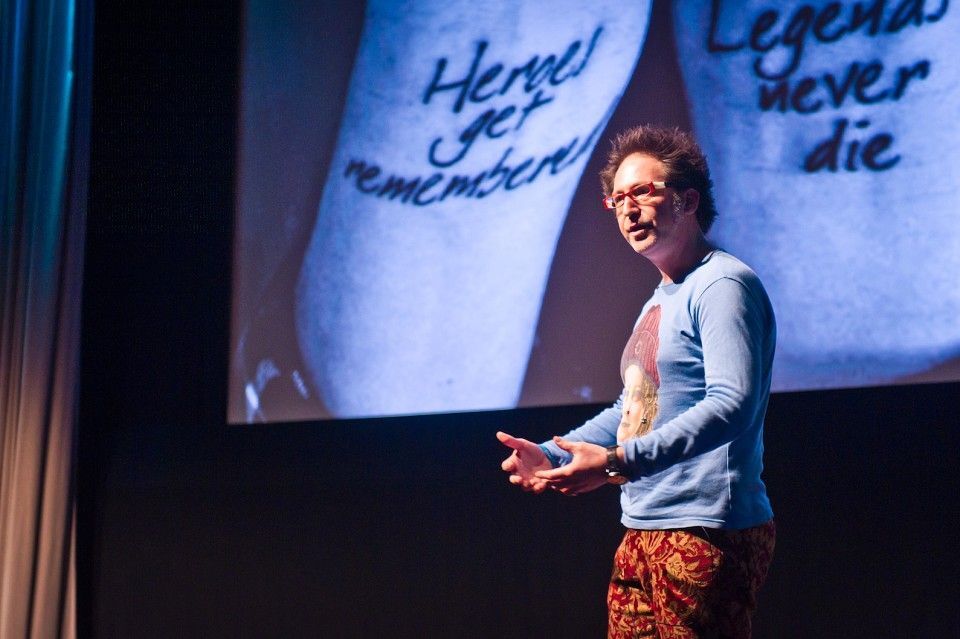
BASQUIAT “Do you have anywhere I can play this?” By @ItsNighthawkBTW

By Joshua Chalmers
BASQUIAT
“Do you have anywhere I can play this?”
These were the words uttered by a tall, striking man as he stumbled into a formal party of artists, dealers and the likes, he was referring to the tape he was holding, which would soon become the soundtrack for the VIP dance area. Jean-Michal Basquiat’s entrance to the art world was similar, his radiance transcended through his art and appearance alike. Despite his enigmatic charisma and talent, Jean was always in conflict both with his art and his surroundings.
Despite being financially stable, Basquiat had a patchy upbringing, partly due to his difficult relationship with his father. This contempt for authority never subsides in fact. He and his mother got on very well however, from a young age she encouraged his drawing and regularly took him to galleries. Sadly, they divorced when he was only seven as his mother’s mental illness worsened, creating a predictable rift in Jean’s life. His sister’s commented that he was constantly drawing all over the walls growing up, this mischievous side became a prominent aspect to his character later on.
After admittance to City-As-School, Basquiat begins to hone in on his identity; he and Al Diaz, a friend of his began tagging the streets of Manhattan under the pseudonym SAMO (same shit, different day). The writings consist of witty philosophical poems such as “for those of us who merely tolerate civilisation…” intrigue rose amongst arty downtowners, which is just what Jean wanted. Shorty after an article was posted in The Village Voice Basquiat and Diaz had a falling out which ended SAMO, much like high school, which he dropped out of a year early (shortly after tipping a box of shaving foam over the principle’s head), Jean-Michal saw graffiti as a vehicle for advertising himself. He did however maintain this political slant to his work as he saw art as the best way to convey his dystopian message.
Unfortunately for Jean, the freedom and animosity of graffiti was about to be completely juxtaposed by the whirlpool of narcism that came attached to being a successful artist. Basquiat was the first black artist to emerge onto the New York art scene and this made him a target for just about all the headlines. For a teenager whom once told his father “Papa, I will be very, very famous one day” one could assume that everything was falling into place? Wrong, attaining fame was a taste but retaining relevance is the true challenge. Andy Warhol stood at the centre of this scene and as Basquiat was, at the time “a rebel looking for the security of an understanding surrogate father” the two formed a strong bond. Unfortunately they shared a catharsis, a love of heroin, which undoubtedly lead to both of their demise.










